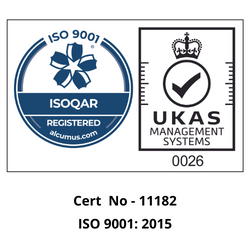Exploring the Spectrum: A Comprehensive Guide to the Range of BUS Cables
Introduction:
In the dynamic landscape of modern technology, the seamless and efficient exchange of data is crucial for the functioning of various devices and systems. BUS cables play a pivotal role in facilitating this communication, serving as the nerves that connect different components within a network. This article will delve into the diverse range of BUS cables available in the market, exploring their unique features, applications, and advantages.
Understanding BUS Cables:
BUS (short for busbar) cables are used to transmit electrical power or signals between different components within a system. These cables come in various types, each designed to cater to specific applications and requirements. The range of BUS cables available today ensures that industries can find a suitable solution for their diverse needs.
-
Profibus Cables:
- Developed for process automation and manufacturing systems, Profibus cables are renowned for their high-speed data transmission capabilities.
- Available in different versions, such as Profibus DP (Decentralized Peripherals) and Profibus PA (Process Automation), these cables offer flexibility and reliability in industrial settings.
-
CAN Bus Cables:
- Controller Area Network (CAN) bus cables are widely used in automotive and industrial applications.
- Known for their robustness and resistance to electromagnetic interference, CAN bus cables support real-time communication between devices in vehicles and automation systems.
-
Ethernet Cables:
- While commonly associated with internet connectivity, Ethernet cables are also used as BUS cables in industrial automation.
- EtherCAT (Ethernet for Control Automation Technology) cables, for instance, provide high-speed communication in real-time industrial environments.
-
DeviceNet Cables:
- Developed by Allen-Bradley (now Rockwell Automation), DeviceNet cables are extensively used in factory automation.
- These cables facilitate communication between industrial devices, allowing for efficient control and monitoring in manufacturing processes.
-
Modbus Cables:
- Widely adopted in building automation and industrial control systems, Modbus cables are known for their simplicity and cost-effectiveness.
- They support serial communication protocols, making them suitable for various applications, from energy management to HVAC systems.
-
Interbus Cables:
- Interbus cables are designed for complex automation systems where high-speed data transfer is essential.
- With features like decentralized peripherals and seamless integration, Interbus cables are ideal for demanding industrial environments.
Choosing the Right BUS Cable:
Selecting the appropriate BUS cable depends on various factors, including the specific application, environmental conditions, and data transmission requirements. It is crucial to consider aspects such as cable length, data transfer speed, and resistance to interference when making a decision.
Conclusion:
The range of BUS cables available in the market reflects the diverse needs of industries relying on seamless communication between devices and systems. Whether it’s for industrial automation, automotive applications, or building management systems, the right BUS cable plays a vital role in ensuring efficient data transmission. As technology continues to evolve, staying informed about the latest advancements in cable technology is essential for optimizing performance and reliability in various sectors.
Our Full Range of BUS Cable can be viewed HERE






